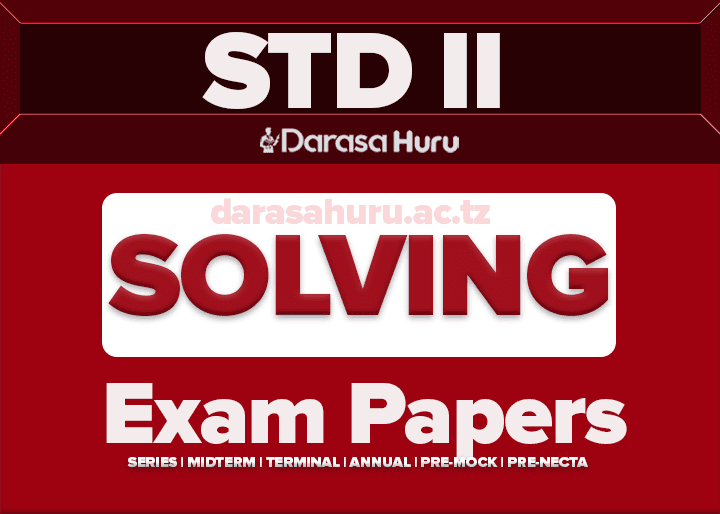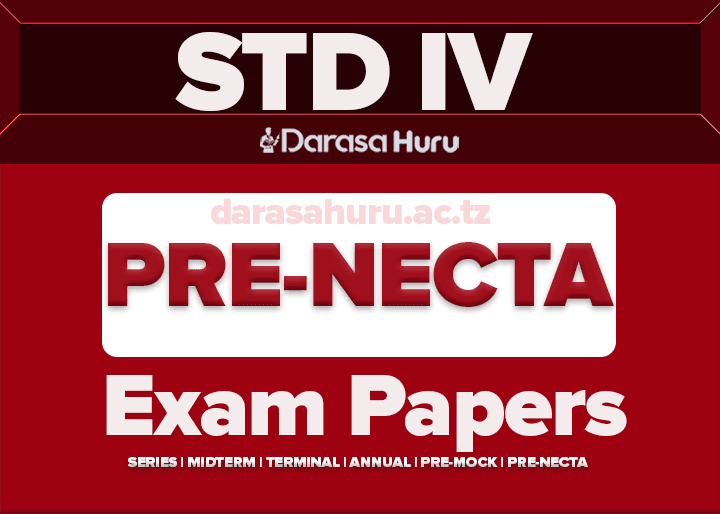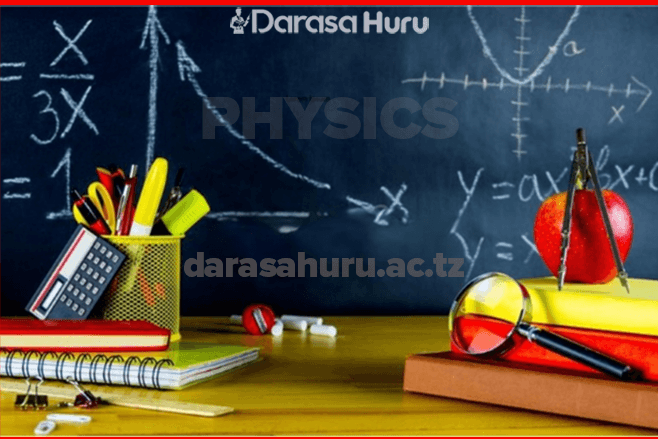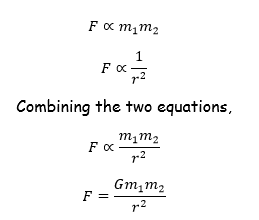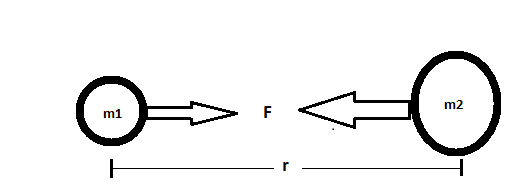The interwoven pillars of learning
Education does not exist in isolation. It leans on the rigor of science, the adaptability of technology, and the structure of the school itself. These three forces form a triangle in which knowledge is not only transmitted but transformed. Science provides the content, technology the medium, and school the context where ideas are translated into lived understanding. To weaken any one of these elements is to destabilize the balance of learning as a whole.
Polska perspektywa edukacji i ryzyka
SzkoŇāa jest miejscem, gdzie nauka spotyka sińô z technologińÖ, a r√≥wnowaga mińôdzy nimi decyduje o jakoŇõci caŇāego procesu. Dr Marek Lis, pedagog z Uniwersytetu WrocŇāawskiego, podkreŇõla: “Uczenie sińô przypomina grńô w trzy strony ‚ÄĒ jeŇõli jedna linia traci napińôcie, caŇāa figura sińô zaŇāamuje. Platforma jak Favbet casino¬†pokazuje, Ňľe element nieprzewidywalnoŇõci moŇľe caŇākowicie zmienińá doŇõwiadczenie, niezaleŇľnie od tego, czy chodzi o edukacjńô, czy o codzienne wybory.” Takie spojrzenie odsŇāania fakt, Ňľe szkoŇāa nie jest tylko przekazem treŇõci, lecz przestrzenińÖ cińÖgŇāego dialogu mińôdzy wiedzńÖ, narzńôdziem i wsp√≥lnotńÖ.
Science as foundation
At the core of the triangle stands science ‚ÄĒ the body of tested knowledge that expands and revises itself continuously. Without science, education risks collapsing into speculation or imitation. Scientific inquiry provides the rigor that distinguishes genuine understanding from opinion. Yet science alone cannot reach the student without a vessel to carry it.
Stages of the educational triangle
The interaction of science, technology, and school can be understood in structured stages:
-
Transmission of knowledge ‚Äď Science offers content that is validated and transferable. In this stage, facts and theories become the language of instruction. Without this foundation, teaching risks losing coherence.
-
Transformation through technology ‚Äď Tools reshape the way content is delivered and absorbed. A simulation, for example, can illustrate molecular structures better than words alone. Here technology enriches science, giving it new forms.
-
Integration within school life ‚Äď Knowledge and tools reach maturity only when absorbed into the culture of the school. Classrooms, schedules, and communities turn abstract information into daily practice, creating stability for learners.
Together, these stages reveal that education is not a static event but a process: knowledge is carried, reshaped, and finally rooted. The triangle remains strong only when all three phases unfold in balance.
Technology as mediator
Technology functions as the medium through which science enters the classroom. A tablet, a projector, a digital library: each of these tools changes the accessibility and form of learning. Properly used, technology democratizes access, allowing a student in a remote village to stand on equal footing with one in a city. Misused, it distracts or overwhelms, turning lessons into noise. The mediator thus requires discipline as much as innovation.
Anchors of sustainable learning
Sustainability in education depends on practices that reinforce the triangle:
-
Balanced use of tools: Technology should never eclipse the content it carries. It must highlight science, not replace it, ensuring that students connect with knowledge rather than with devices alone.
-
Contextual adaptation: Schools must adapt tools and methods to local realities. What works in a digital metropolis may fail in a rural setting unless it is adjusted for infrastructure and culture.
-
Continuous dialogue: Teachers, students, and communities must remain in conversation. Without this, tools stagnate and science becomes abstract. Dialogue transforms static knowledge into a living resource.
-
Ethical vigilance: Innovation must always serve learning, not market forces. Ethical use of technology protects the triangle from distortion, keeping education centered on human growth.
These anchors demonstrate that sustainable learning is not a question of resources alone but of responsibility. When tools, contexts, dialogue, and ethics are aligned, the triangle not only holds but becomes a foundation for generations to come.
The resonance of the triangle
When science, technology, and school sustain one another, they generate resonance that outlives the classroom. A student trained in this triangle learns not only facts but also methods, adaptability, and community responsibility. The result is not a fragile structure but a durable framework, capable of carrying future generations through uncertainty. The triangle holds because each side reinforces the others, creating balance where chaos might otherwise reign.
- SapphireBet: a complete look at the platform for gaming and betting
- BC Games App: Your Complete Mobile Experience
- Exploring the World of bc game: A Complete Insight
- E-Learning Platforms for Universities in Tanzania
- How Digital Innovations are Changing the Standards of Education






